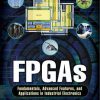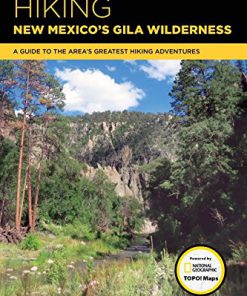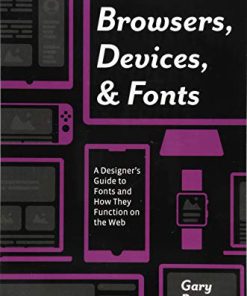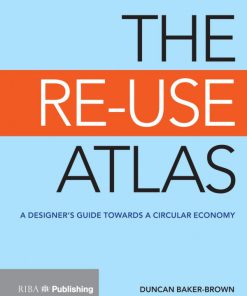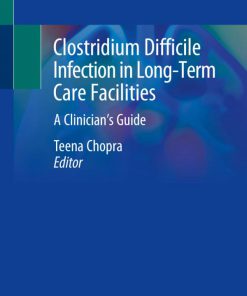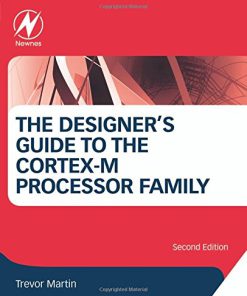Nuclear Facilities A Designer s Guide 1st Edition by Bill Collum 0081019399 9780081019399
$50.00 Original price was: $50.00.$25.00Current price is: $25.00.
Nuclear Facilities A Designer s Guide 1st Edition by Bill Collum – Ebook PDF Instant Download/DeliveryISBN: 0081019399, 9780081019399
Full download Nuclear Facilities A Designer s Guide 1st Edition after payment.
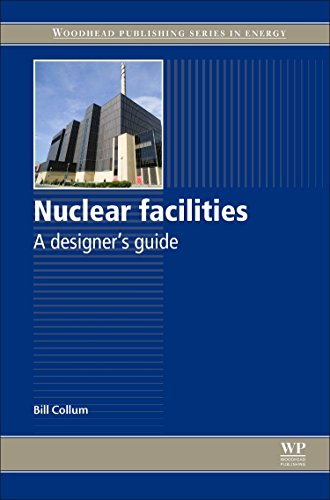
Product details:
ISBN-10 : 0081019399
ISBN-13 : 9780081019399
Author: Bill Collum
Designing new nuclear facilities is an extraordinarily complex exercise, often requiring teams of specialists several hundred strong. Nuclear Facilities: A Designer’s Guide provides an insight into each of the main contributors and shows how the whole design process is drawn together.
Essential reading for all nuclear professionals: those already involved in the industry will gain knowledge that enables them to interact more effectively with colleagues in other disciplines. Its wealth of information will assist students and graduates in progressing more rapidly into fully rounded contributors to the nuclear facility design process. Whilst those joining nuclear from other industries will find a structured introduction to the nuclear world and discover what differentiates it from other spheres of engineering.
Nuclear Facilities A Designer s Guide 1st Table of contents:
1: Nuclear fuel cycle
Abstract
1.1 Uranium mining and purification
1.2 The atom
1.3 Enrichment
1.4 Fuel fabrication
1.5 Nuclear reactors
1.6 Nuclear reaction
1.7 Control rods
1.8 Burnable poison
1.9 Neutron activation
1.10 Decay chain
1.11 Plutonium creation
1.12 MOX fuel
1.13 Fast breeder fuel
1.14 Spent fuel removal
1.15 Spent fuel routing
1.16 Reprocessing
1.17 High level waste
1.18 Intermediate level waste
1.19 Permanent disposal
2: Radiation
Abstract
2.1 Radiation and contamination
2.2 Electromagnetic spectrum
2.3 Nonionizing radiation
2.4 Ionizing radiation
2.5 Exposure to radiation
2.6 Protection from radiation
2.7 Criticality
2.8 Personal dose measurement
3: Radiological zoning
Abstract
3.1 Zoning rationale
3.2 Naming conventions
3.3 Radiation zones
3.4 Contamination zones
3.5 Guiding principles
3.6 Dual classifications
3.7 Surface contamination
3.8 Depicting zones
4: Radiological changerooms
Abstract
4.1 Generic types
4.2 Changerooms
4.3 Sub changerooms
5: Structural
Abstract
5.1 Steelwork structures
5.2 Concrete structures
5.3 Combined concrete and steel structures
5.4 Seismic analysis
5.5 Extreme environmental events
6: Process engineering
Abstract
6.1 Closed cells
6.2 Mass balance
6.3 Feedstock analysis
6.4 End product
6.5 Transfer devices
6.6 Services distribution
6.7 Agitation systems
6.8 Overflows
6.9 Volume reduction
6.10 Solids removal
6.11 Ion exchange (IX)
6.12 Off gas treatment
7: Mechanical engineering
Abstract
7.1 Mechanical handling caves
7.2 Shielding windows
7.3 Manipulators
7.4 Shield doors
7.5 Bogies
7.6 Decontamination
7.7 Cave arrangements
7.8 Flasks
8: Ventilation
Abstract
8.1 Role of nuclear ventilation system
8.2 Integration with radiological zoning
8.3 Cascade philosophy
8.4 Engineered gaps
8.5 Maintaining containment at truck bays
8.6 Maintaining containment on building perimeter
8.7 Filtration
8.8 Air conditioning
8.9 Heat recovery
8.10 Solar heat gain
8.11 The ventilation sequence
8.12 Air handling units
8.13 Air quality
8.14 Vessel ventilation
8.15 Gloveboxes
9: Cranes
Abstract
9.1 Conventional cranes and high integrity nuclear cranes
9.2 In-cave cranes
10: Electrical
Abstract
10.1 Electricity supply
10.2 Control systems
10.3 Instrumentation
11: Radiometric instruments
Abstract
11.1 Monitoring requirements
11.2 Detection technologies
11.3 Technology selection
11.4 Instruments
11.5 Safeguards
12: Project planning
Abstract
12.1 Client specification
12.2 Project controls
12.3 Project management
12.4 Programming
12.5 Project phase activities
12.6 Feedback
13: Waste management
Abstract
13.1 Waste management hierarchy—conventional
13.2 Waste management hierarchy—radiological
13.3 Evolution of a waste management strategy
14: Safety
Abstract
14.1 Occupational safety
14.2 Nuclear safety
14.3 Safety case
14.4 Hazard analysis studies
14.5 Risk
14.6 As low as reasonably practicable
14.7 Safety reports
14.8 Periodic reviews
14.9 Safety case integration
15: Decommissioning planning
Abstract
15.1 Site license conditions
15.2 Planning factors
15.3 Operations phase
15.4 Decommissioning phases
15.5 Decommissioning strategy
15.6 Decommissioning plan
16: Future-proofing
Abstract
16.1 Design for decommissioning (DfD)
16.2 Design to remodel and reuse (DRR)
16.3 Integration with decommissioning strategy
16.4 Principles of DfD and DRR
16.5 Funding future-proofing
16.6 Future-proofing enablers
16.7 Responsibilities
17: Design development
Abstract
17.1 Layout preparations
17.2 Layout development
17.3 Vehicle bay
17.4 Ventilation stack
People also search for Nuclear Facilities A Designer s Guide 1st:
design nuclear power plant
a nuclear fallout
nuclear facilities a designer’s guide
nuclear medicine design guidelines
nuclear design basis accident
Tags: Nuclear Facilities, Designer, Guide, Bill Collum
You may also like…
Travel - United States of America - Travel
Engineering - Energy & Power Resources
A Practical Guide to Construction of Hydropower Facilities 1st Edition Suchintya Kumar Sur
Computers - Programming
Arts - Fashion
Medicine - Infectious diseases
Politics & Philosophy


